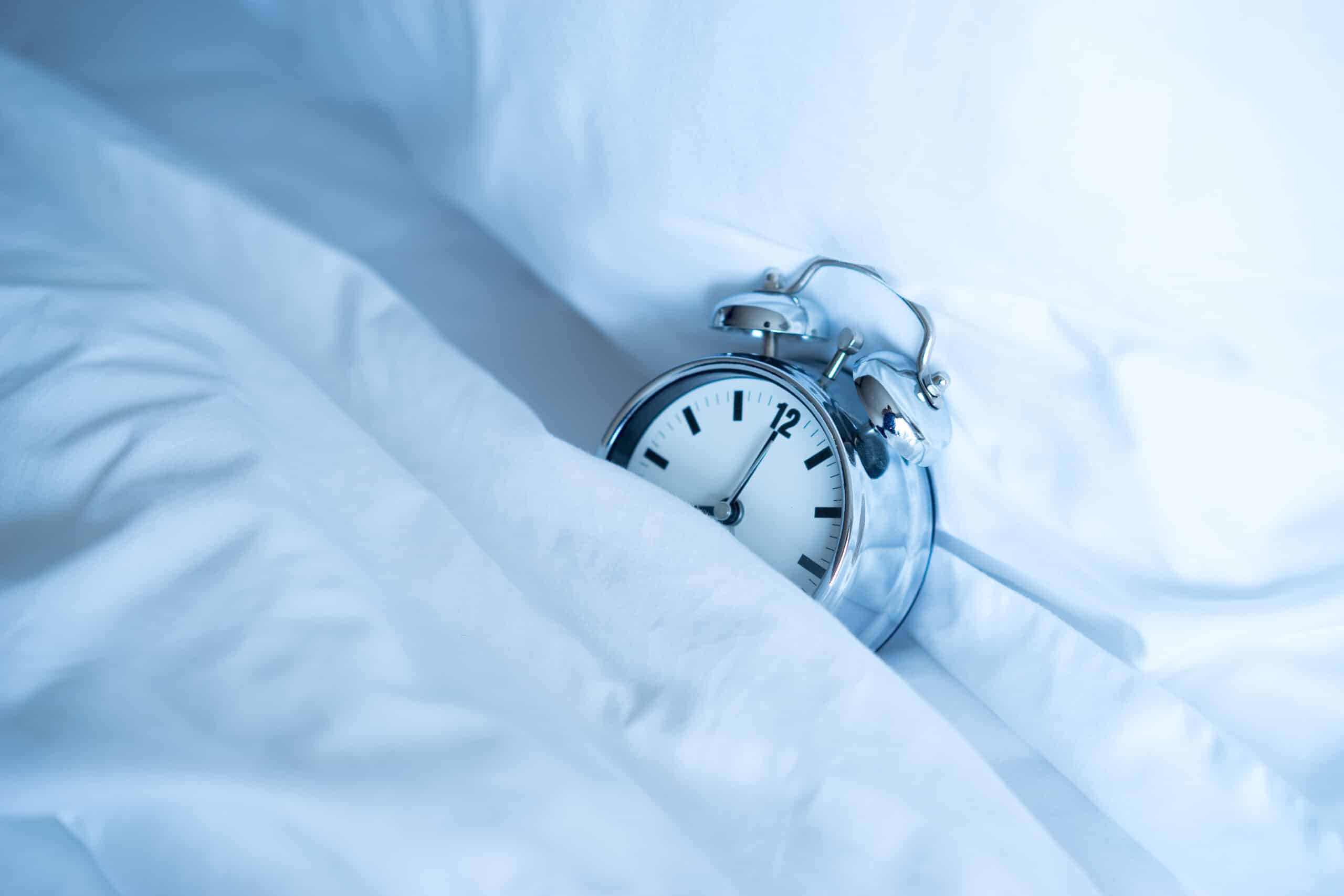I take a sleep history from all patients cared for at the Kahn Center and it is impressive how many patients have a habit of staying up to midnight, 1 AM, or even later night after night, the classic night owl. Not for me, lights out by 10 PM or earlier.
Does the extreme night owl pattern of sleep put your heart at risk?
A recent study provides data indicating there may be a real risk of burning the midnight owl as a regular pattern.
STUDY
The relationship between sleep pattern and coronary artery calcification (CAC) measured by non-contrast CT scans in the Swedish CArdioPulmonary bioImage Study (SCAPIS) pilot cohort was assessed. Participants aged 50–64 years were randomly recruited and underwent extensive examination including imaging and assessments of physical activity. 771 participants (47 % male, average age 58 years) were included in this analysis. Self-assessed sleep type was classified as extreme morning, moderate morning, intermediate, moderate evening, or extreme evening. The 10-year risk of first-onset cardiovascular disease was estimated.
Significant CAC (a calcium score of at least >10) was present in 29 % of the cohort. CAC prevalence increased from extreme morning to extreme evening type (22 %, 28 %, 29 %, 27 %, 41 % respectively).
In an assessment controlling for confounders, extreme evening chronotype was independently associated with increased CAC prevalence compared to extreme morning type (1.9X higher prevalence).
IMPLICATIONS
The study findings suggest sleep patterns may play an important role in atherosclerosis. If you are an extreme night owl perhaps consider rearranging your pattern, perhaps of a half an hour at a time earlier week after week, and follow the age-old saying “early to bed, early to rise”.




